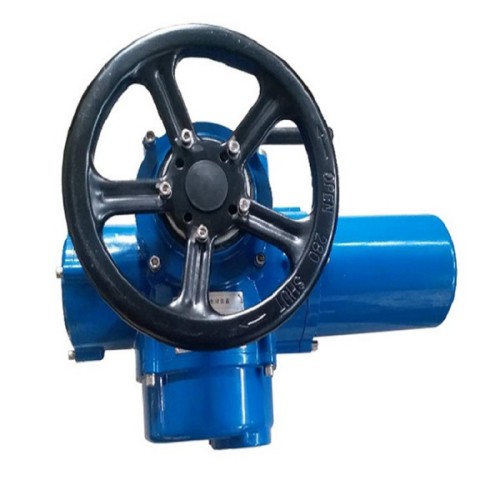Pressure Reducing Valve for Drip Irrigation - Optimize Your Water Management
Pressure Reducing Valve for Drip Irrigation Ensuring Efficient Water Management
Drip irrigation is a highly efficient method of delivering water directly to the plant roots, minimizing waste and maximizing conservation. However, to achieve the best results, it's essential to control the water pressure entering the system. This is where pressure reducing valves (PRVs) come into play.
A pressure reducing valve is a crucial component in a drip irrigation system. It is designed to lower the incoming water pressure to a set level suitable for the operation of the drip emitters. High water pressure can lead to uneven water distribution, causing some plants to receive too much water while others receive too little. This inconsistency can jeopardize plant health and reduce crop yields. Therefore, PRVs help maintain a steady and appropriate pressure, ensuring that every emitter functions optimally.
Typically, the ideal pressure for drip irrigation ranges between 10 to 30 psi (pounds per square inch). Utilizing a PRV allows farmers and gardeners to adjust the system to maintain this pressure range, regardless of the fluctuating water supply pressure. By doing so, the emitters can deliver water uniformly, promoting healthy root development and overall plant growth.
pressure reducing valve for drip irrigation

Moreover, the installation of a pressure reducing valve can lead to significant water savings. In conventional irrigation setups, excessive water pressure can cause unintended water runoff and evaporation, leading to resource wastage. By controlling the pressure, PRVs help farmers use water more effectively, benefiting both the environment and their wallets.
Additionally, PRVs can enhance the longevity of the irrigation system. Excessive pressure can lead to wear and tear on pipes and emitters, increasing maintenance costs and necessitating frequent replacements. By stabilizing pressure levels, PRVs contribute to a more durable system, reducing the frequency of repairs and parts replacements.
In conclusion, pressure reducing valves are indispensable for optimizing drip irrigation systems. They ensure that water is delivered efficiently and uniformly to plants, promote sustainable water use, and extend the lifespan of the irrigation infrastructure. As agriculture increasingly focuses on water conservation and sustainable practices, investing in quality pressure reducing valves will be a crucial step for farmers aiming to enhance productivity while safeguarding natural resources.
-
Breakthrough in Domestic Low Temperature Valve Technology in ChinaNewsAug.18,2025
-
From Machinery to Intelligent Brain: The Digital Transformation Wave of the Valve IndustryNewsAug.18,2025
-
PCVEXPO 2025NewsAug.18,2025
-
The Key to Fluid Control: Exploring the Advantages of Ball Valves in Industrial SystemsNewsJul.09,2025
-
The Versatile World of 1, 2, and 3 Piece Ball ValvesNewsJul.09,2025
-
Stainless Steel Ball Valves: The Ideal Choice for Efficient Flow ControlNewsJul.09,2025
-
Optimizing Fluid Control with Ball Float ValvesNewsJul.09,2025




